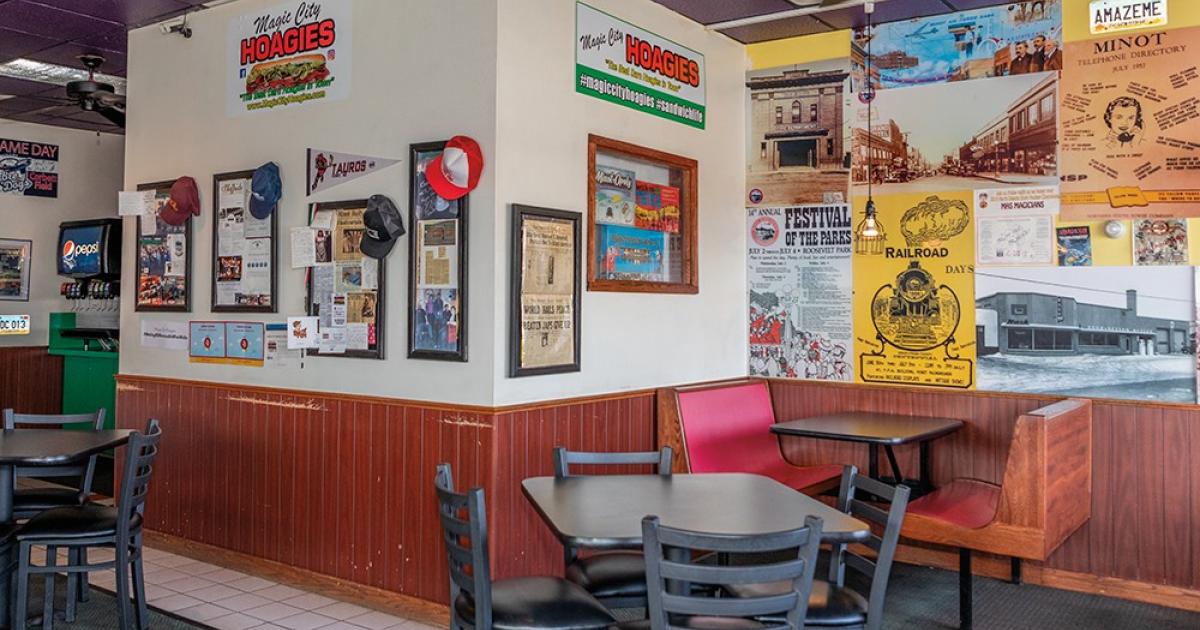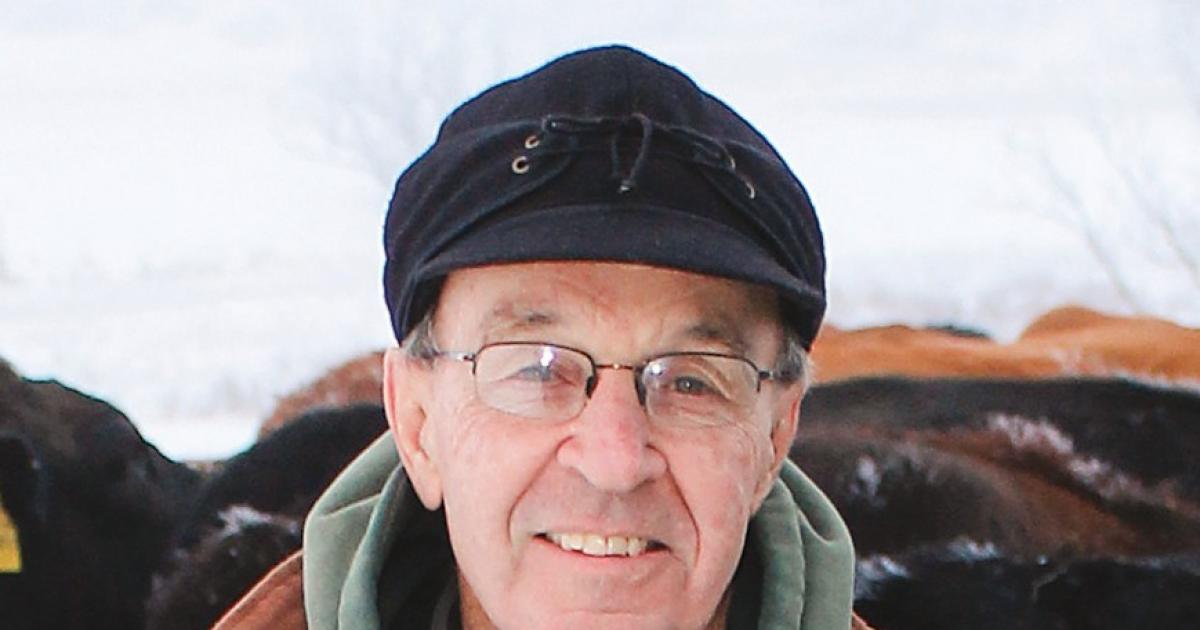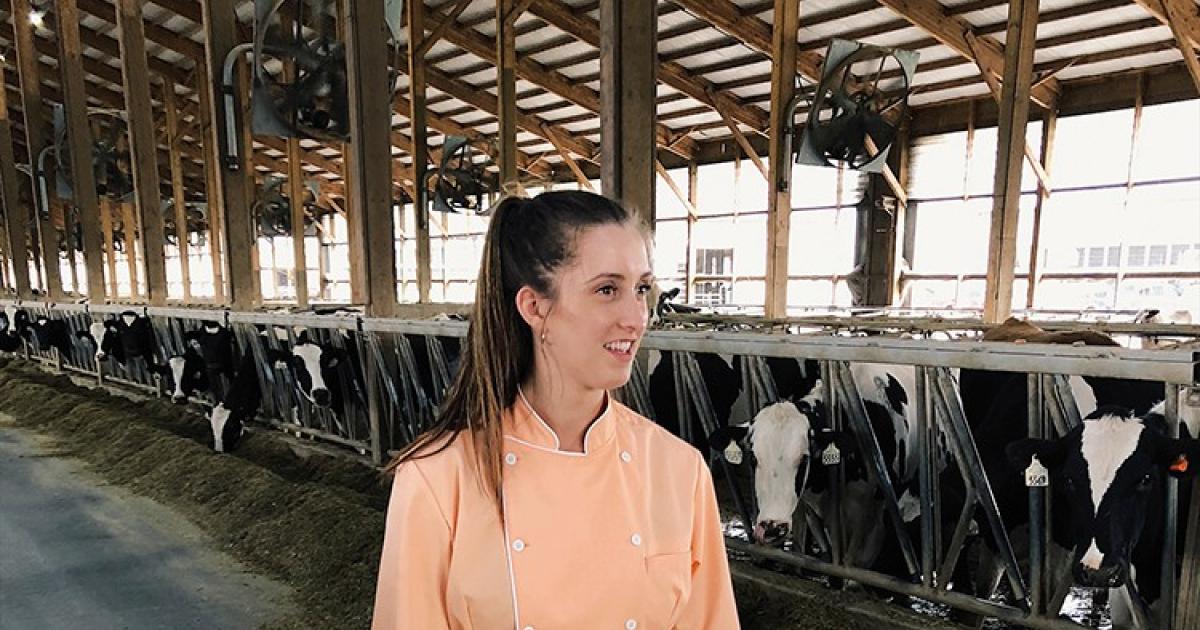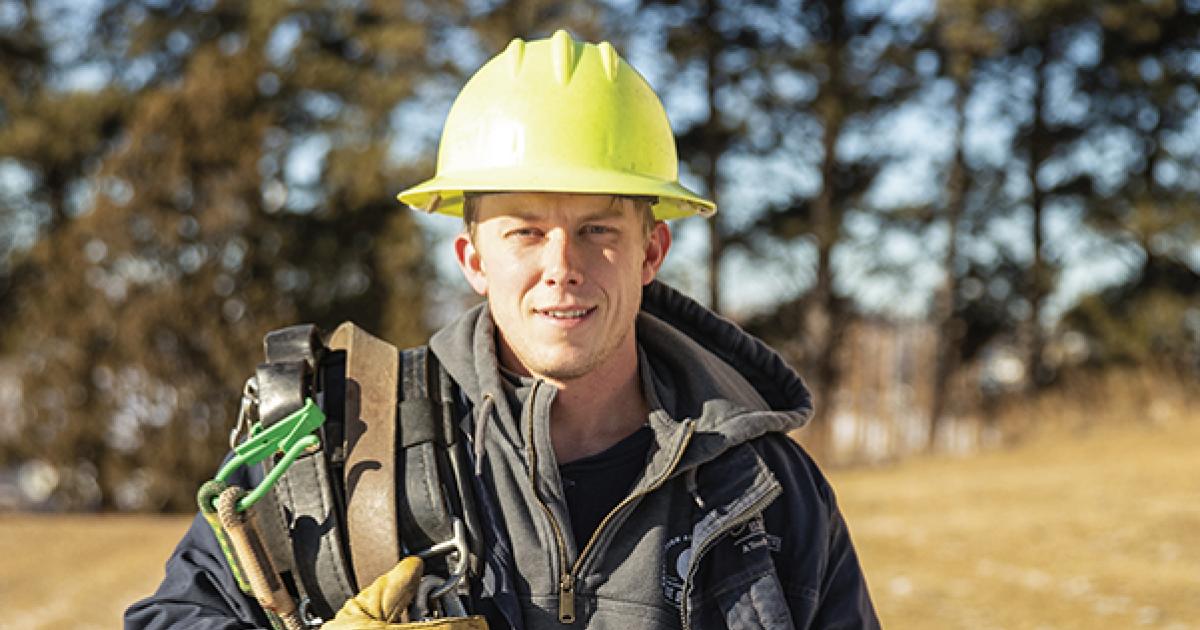From staff reports
The fall of giant railroad fortunes in the late 19th century turned into “bonanza” opportunities for many farmers of Dakota Territory. When financially troubled Northern Pacific Rail had to sell large tracts of land meant for railroad expansion, buyers responded. On these tracts, “bonanza farms” were established. Bonana farm sizes were enormous, with scales in the tens of thousands of acres.
Original farm housing, and a restored Mule Barn Event Center, are among the more than 20 farm structures preserved for display at Bagg Bonanza Farm, near Mooreton. PHOTOS BY VIRGINIA GOERGER
One such farm – Bagg Bonanza Farm, near today’s Mooreton – was established. By 1915, Frederick Austin Bagg owned and was operating this bonanza farm, with 9,000 acres dedicated to wheat. Today, the beautifully preserved Bagg Bonanza Farm welcomes visitors, showing off 21 preserved farm buildings, all original to the farm when established. It is on the National Register of Historic Places and has been designated a National Historic Landmark.
Credit for preserving and operating the Bagg Bonanza Farm goes to the local residents of the area. Guides, hosts and caretakers at the farm all work on a voluntary basis. The Bagg Bonanza Farm Historic Preservation Society, founded in 1986, operates the site. Current society president Norma Nosek says visitors express appreciation for what local people have accomplished.
“When they see all these beautiful buildings, all restored, in such good condition, and learn we are all volunteers, they just can’t believe it,” Nosek says.
Nosek and her late husband lived and worked in education in the Wahpeton area, and started affiliation with Bagg Bonanza Farm as tour guides. Norma has been president of the society for the last seven years.
Welcoming visitors and students interested in history is central to the Bagg Bonanza Farm experience.
“Our first mission is historical education and what we especially like to do is have kids from North Dakota come out here,” Nosek says. With North Dakota history taught in the fourth and eighth grade in the state’s public schools, the farm has become an ideal field trip for teachers and students.
Tour groups regularly visit Bagg Bonanza Farm, and about 3,000 visitors stop there each year. Many foreign countries are represented on the farm’s visitor log – including Chinese visitors. Big events for the public are held over July 4, Labor Day, and for a Pumpkin Patch Day, in the fall.
The Mule Barn Event Center has become a popular site for large gatherings. The center is a rebuild done of an original barn, and the new facility features heating, cooling, kitchen and dining facilities which cater to holiday parties, weddings and family reunions, year-round.
Food choices are available to visitors to the farm. Volunteers prepare items such as baked beans and potato salad and meals for visitors, and homemade pie is always available. Gardens on the property yield a great bounty of vegetables, which go into meals. Canned salsa and pickled beets are also sold.
VISITING BAGG BONANZA FARM
• Located about 40 miles south of Fargo, west off Exit 23 off I-29, about one mile, on south side of Highway 13.
• Open Memorial Day through Labor Day; Fridays, Saturdays, Sundays, noon to 5 p.m.; Holidays: 10 a.m. to 5 p.m.
• Admission charge: Five and under – no charge; children 6 to 12 - $2.50; adults - $5










